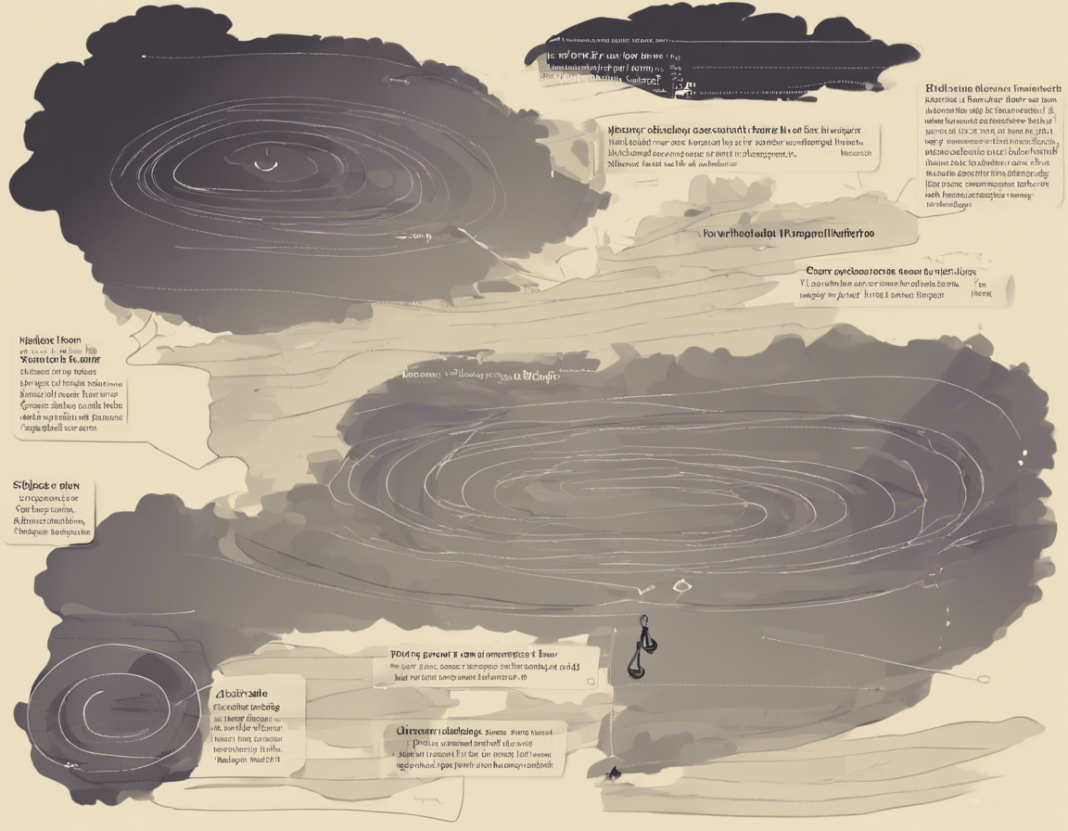Light and shadow are integral components of our visual experience, adding depth, contrast, and drama to the world around us. Shadow formation, in particular, is a fascinating phenomenon that can be studied in detail to understand its intricacies and significance. In this comprehensive guide, we will delve into the world of shadows, exploring how they are formed, the different types of shadows, their importance in art and photography, and some frequently asked questions about shadows.
Understanding Shadow Formation
Shadows are created when an object obstructs the path of light. When light rays are unable to pass through an object, a darker area forms on the surface behind it, known as a shadow. The formation of a shadow involves the interplay between three key elements: a light source, an object, and a surface. Let’s break down the process of shadow formation step by step:
1. Light Source
The light source serves as the origin of the light rays that illuminate the scene. It could be natural, such as the sun or moon, or artificial, like a lamp or flashlight. The size, intensity, and distance of the light source play a significant role in determining the characteristics of the shadow.
2. Object
The object casting the shadow is any physical entity that blocks the path of light. The shape, size, and opacity of the object influence the size and shape of the resulting shadow. Objects with irregular surfaces or transparent properties can create distorted or partial shadows.
3. Surface
The surface onto which the shadow is cast receives the shadow of the object. The distance between the object and the surface, as well as the angle of incidence of the light rays, impact the size, sharpness, and position of the shadow on the surface.
Types of Shadows
Shadows come in various forms, each with its unique characteristics and properties. Here are some common types of shadows:
1. Umbra
The umbra is the darkest part of a shadow where the light source is completely blocked by the object. It is characterized by its distinct boundary and absence of any light.
2. Penumbra
The penumbra surrounds the umbra and represents the partially shaded region where some light from the source is blocked by the object, creating a gradient of darkness.
3. Transparent Shadows
Objects with varying levels of opacity, such as frosted glass or translucent fabrics, create transparent shadows that allow some light to pass through, resulting in diffused or blurred shadow patterns.
4. Dynamic Shadows
Dynamic shadows are shadows that change in size, shape, and direction based on the movement of either the light source, the object, or both. These shadows are commonly observed outdoors, where the position of the sun alters throughout the day.
Importance of Shadows in Art and Photography
Shadows play a crucial role in both art and photography, adding depth, realism, and mood to visual compositions. Artists and photographers often manipulate shadows to create compelling effects and convey specific messages. Here are some key roles that shadows play in artistic and photographic practices:
1. Emphasis and Contrast
Shadows can be used to draw attention to specific elements in a composition by creating contrast between light and dark areas. This technique helps in emphasizing focal points and creating visual interest.
2. Texture and Detail
Shadows contribute to the perception of texture and detail in objects, surfaces, and scenes. By casting shadows, artists and photographers can enhance the three-dimensional quality of their subjects.
3. Mood and Atmosphere
The manipulation of shadows can evoke different moods and atmospheres in artworks and photographs. Play of light and shadow can convey drama, mystery, tranquility, or tension, depending on the creative intent.
4. Composition and Framing
Shadows can serve as essential elements in the composition and framing of visual works. They help in balancing the overall layout, guiding the viewer’s gaze, and creating a sense of depth within the image.
Frequently Asked Questions (FAQs) About Shadows
1. What is the primary factor that influences the sharpness of a shadow?
The sharpness of a shadow is primarily influenced by the size of the light source. A larger light source, such as the sun, produces softer, more diffused shadows, while a smaller, focused light source creates sharper shadows.
2. Can the color of a shadow ever be different from black or gray?
Yes, the color of a shadow can vary depending on the color temperature of the light source and the reflective properties of the object casting the shadow. For instance, shadows cast under warm, golden-hour sunlight may appear slightly orange or reddish.
3. Why do shadows appear longer during sunrise and sunset?
Shadows appear longer during sunrise and sunset due to the oblique angle of the sunlight. When the sun is near the horizon, its light has to pass through more of the Earth’s atmosphere, causing it to scatter and creating an elongated shadow effect.
4. How do artists create exaggerated or distorted shadows in their artworks?
Artists often use creative liberties to exaggerate or distort shadows for expressive purposes. This can involve altering the angle, length, or intensity of shadows to heighten drama, symbolism, or visual impact in the artwork.
5. Can shadows be completely eliminated?
In theory, shadows can be eliminated by ensuring uniform and diffused lighting from all directions that cancels out any potential shadow formation. However, in practical settings, complete elimination of shadows is challenging and often unnecessary in creative or everyday scenarios.
In conclusion, shadows are not merely absence of light but intriguing entities that offer a wealth of artistic and scientific exploration. Understanding the mechanics of shadow formation, appreciating the diverse types of shadows, and harnessing the creative potential of shadows in art and photography can enrich our visual experiences and creativity. Embrace the interplay of light and shadow, and discover the beauty and depth it unveils in our surroundings.
